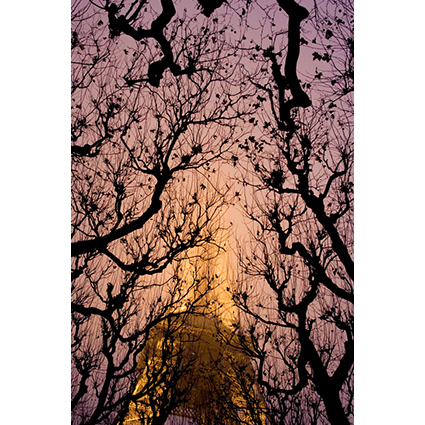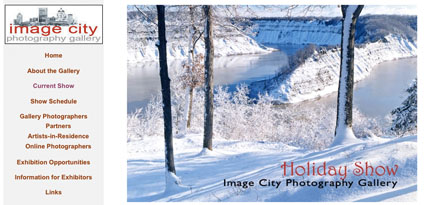What’s Unique About B&W
Learn what’s unique about black & white and how to best adjust and print it.
Read more in my Black & White lessons.
Learn more in my digital photography and digital printing workshops.
Learn what’s unique about black & white and how to best adjust and print it.
Read more in my Black & White lessons.
Learn more in my digital photography and digital printing workshops.
Learn new ways of seeing and enhancing color.
Use 3 elements of color (Luminosity, Hue, Saturation) to adjust three types of color (Ideal, Ambient, Synthetic) and craft a unique palette that’s right for your authentic vision.
Here’s a short excerpt from my DVD.
Learn more in my DVD Photoshop Color Strategies.
Learn more in my Fine Art Digital Printing workshops.
Learn which color tools are essential, exotic, or redundant.
Then master the first two.
Here’s a short excerpt from my DVD.
Learn more in my DVD Photoshop Color Tools.
Learn more in my digital photography and digital printing workshops.
Uncover the hidden potential in all of your images with the art of selective adjustment.
Here’s a short excerpt from my DVD.
Learn more in my DVD Drawing With Light.
Learn more in my Fine Art Digital Printing workshops.
Go beyond the limits of color management? Adopt a proofing workflow.
Here’s a short excerpt from my DVD.
Read more on Color Management here.
Learn more in my digital photography and digital printing workshops.
Can sophisticated color management be made simple and practical? Yes!
Here’s a short excerpt from my DVD.
Learn more in my DVD 6 Simple Steps to Good Color Management.
Learn more in my Fine Art Digital Printing workshops.
Looking for a little hope? How about a lot!
Want one big idea that might change your world?
Here’s one.
Life that survives creates conditions for more life.
Janine Benyus shows us how.
And she gives us 12 more big ideas.
Google’s Goggles is a new app for their Android cell phone. You take a picture and then find out about your subject – place, landmark, book, wine, art, contact info and more. It’s currently only available for Googles Android phone, but similar things are sure to come for every cell phone. Find out more at The New York Times.

Amazon Mobile is an iPhone app that works on similar principles. You take a picture and send it to Amazon. Amazon will find the item (or the nearest item) and tell you about it and you can order it if you want to. Sometimes the results are funny! We had more than a few giggles after dinner one night when we sent in faces from everyone in the party. Not surprisingly my search came back with a book … 100 Beards. But you can use this app in physical stores and do some serious price comparisons online.

Alumni Ken Carl recently placed as a finalist in PDN’s World in Focus Contest and is in the running for Bella Pictures’ Photographer of the Year award. A long time alumn of mine who has since turned pro. Ken had this to say about a great year …
Read more on my Alumni blog.

Alumni Gil Maker recently became a gallery partner with 9 other photographers.
He shared some insights about why and what he’s learned so far.
Find out why he thinks, “This is one of the best decisions I have made in my life.”
Read more on my Alumni blog here.

